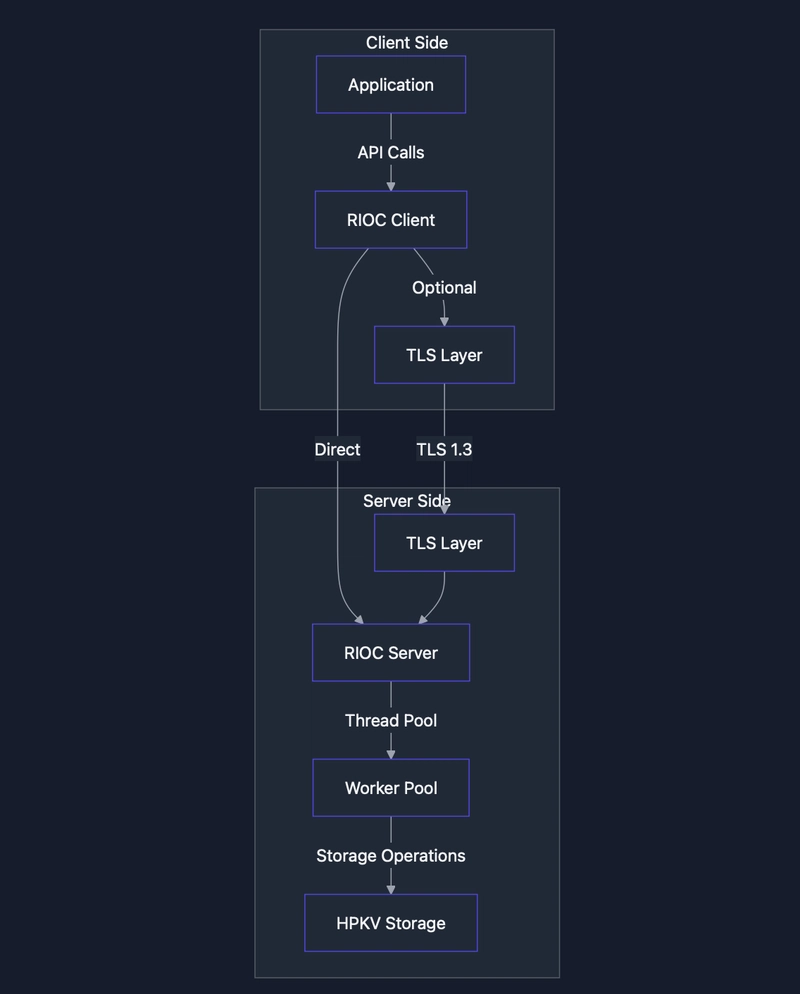Unlocking the Future of Education: The Transformative Power of Mobile Learning
As our world becomes increasingly digitized, it becomes crucial for education to keep pace with the rapid technological advancements. Among these advancements, mobile learning is emerging as a revolutionary concept that has transformed how we teach and learn. This blog post will shed light on the promising role of mobile learning in shaping the future of education. Mobile learning, essentially a facet of e-learning, has overturned the traditional concept of being tied to a physical classroom for learning. The advent of mobile devices like smartphones and tablets offers learners access to a mass of educational content anytime and anywhere. Today, thousands of learning apps cover every single subject and grade level, engaging students by making learning enjoyable and more meaningful. Mobile learning is not another glitch in the system, rather it’s a crucial industry trend that embraces a more electronic, virtual, and dynamic approach to education. It allows flexibility and mobility, keeping students engaged longer than traditional classroom settings. The ease of access to information and materials allows learners to proceed at their own pace and focus on areas where they may need more attention. Interactive and immersive applications have helped create a stimulating learning environment where students often learn without realizing they are studying. For example, language learning apps such as Duolingo, or coding apps like Codecademy, make learning new skills an enticing adventure. Moreover, augmented reality and virtual reality in mobile learning have opened up opportunities to explore concepts more profoundly, like virtual science lab experiments. One of the biggest advantages of this form of learning is the facilitation of personalized education. With mobile learning, students can not only learn at their own pace, but also accommodate their learning styles. It allows for tailored educational experiences, incorporating various multimedia forms, including video, text, and interactive quizzes. This not only offers a personalized experience, but also caters to a variety of learning principles - visual, auditory, and kinesthetic. In the globalized world, mobile learning can bridge the gap in educational inequality by making learning tools accessible and affordable. An African student can learn from a professor at Harvard without leaving her room, while a teenager in Romania can learn how to write Python codes from a software engineer in Silicon Valley. This is a giant leap towards democratizing education, making it truly borderless and inclusive. Admittedly, mobile learning does not come without drawbacks. Internet accessibility, digital literacy, and the risk of decreased human interaction are realistic challenges that we need to overcome. But with an equal focus on developing digital infrastructure and addressing these concerns, the potential of mobile learning is immense. In conclusion, the future of education is on our fingertips - literally! With mobile learning, the classroom reimagines itself, going beyond the confines of walls and embracing the global village. It propels us towards a future of education where students are actively engaged, learning is personalized, and education is accessible to all. As we navigate this digital era, it is essential that we harness the power of mobile learning to transform and shape the future of education, making it more flexible, inclusive, and exciting for learners all around the world.
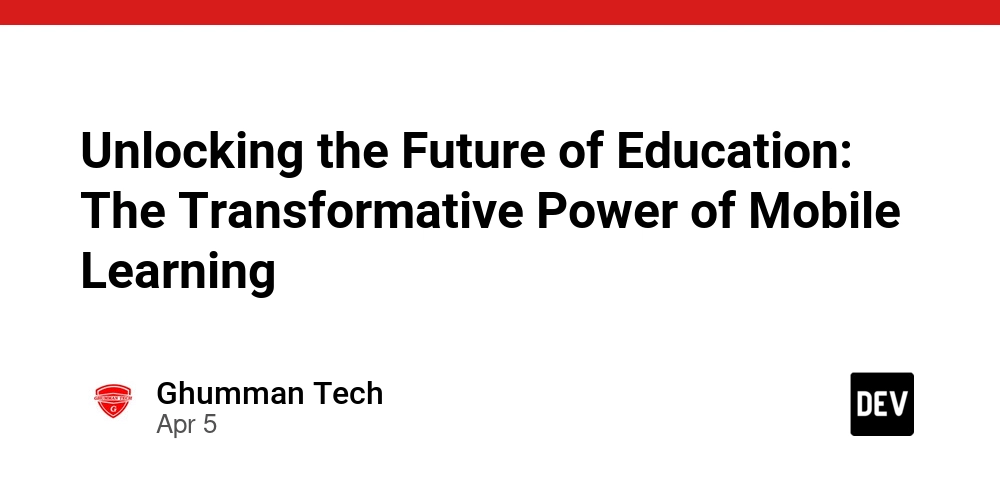
As our world becomes increasingly digitized, it becomes crucial for education to keep pace with the rapid technological advancements. Among these advancements, mobile learning is emerging as a revolutionary concept that has transformed how we teach and learn. This blog post will shed light on the promising role of mobile learning in shaping the future of education.
Mobile learning, essentially a facet of e-learning, has overturned the traditional concept of being tied to a physical classroom for learning. The advent of mobile devices like smartphones and tablets offers learners access to a mass of educational content anytime and anywhere. Today, thousands of learning apps cover every single subject and grade level, engaging students by making learning enjoyable and more meaningful.
Mobile learning is not another glitch in the system, rather it’s a crucial industry trend that embraces a more electronic, virtual, and dynamic approach to education. It allows flexibility and mobility, keeping students engaged longer than traditional classroom settings. The ease of access to information and materials allows learners to proceed at their own pace and focus on areas where they may need more attention.
Interactive and immersive applications have helped create a stimulating learning environment where students often learn without realizing they are studying. For example, language learning apps such as Duolingo, or coding apps like Codecademy, make learning new skills an enticing adventure. Moreover, augmented reality and virtual reality in mobile learning have opened up opportunities to explore concepts more profoundly, like virtual science lab experiments.
One of the biggest advantages of this form of learning is the facilitation of personalized education. With mobile learning, students can not only learn at their own pace, but also accommodate their learning styles. It allows for tailored educational experiences, incorporating various multimedia forms, including video, text, and interactive quizzes. This not only offers a personalized experience, but also caters to a variety of learning principles - visual, auditory, and kinesthetic.
In the globalized world, mobile learning can bridge the gap in educational inequality by making learning tools accessible and affordable. An African student can learn from a professor at Harvard without leaving her room, while a teenager in Romania can learn how to write Python codes from a software engineer in Silicon Valley. This is a giant leap towards democratizing education, making it truly borderless and inclusive.
Admittedly, mobile learning does not come without drawbacks. Internet accessibility, digital literacy, and the risk of decreased human interaction are realistic challenges that we need to overcome. But with an equal focus on developing digital infrastructure and addressing these concerns, the potential of mobile learning is immense.
In conclusion, the future of education is on our fingertips - literally! With mobile learning, the classroom reimagines itself, going beyond the confines of walls and embracing the global village. It propels us towards a future of education where students are actively engaged, learning is personalized, and education is accessible to all. As we navigate this digital era, it is essential that we harness the power of mobile learning to transform and shape the future of education, making it more flexible, inclusive, and exciting for learners all around the world.





















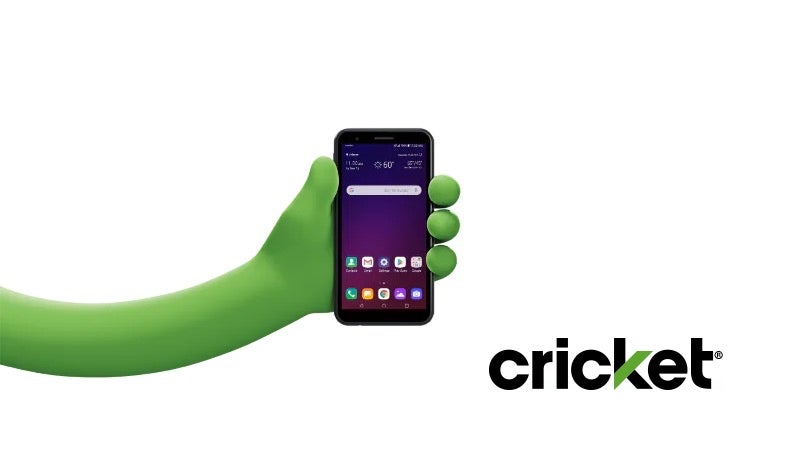













































![New Apple iPad mini 7 On Sale for $399! [Lowest Price Ever]](https://www.iclarified.com/images/news/96096/96096/96096-640.jpg)

![Rapidus in Talks With Apple as It Accelerates Toward 2nm Chip Production [Report]](https://www.iclarified.com/images/news/96937/96937/96937-640.jpg)






























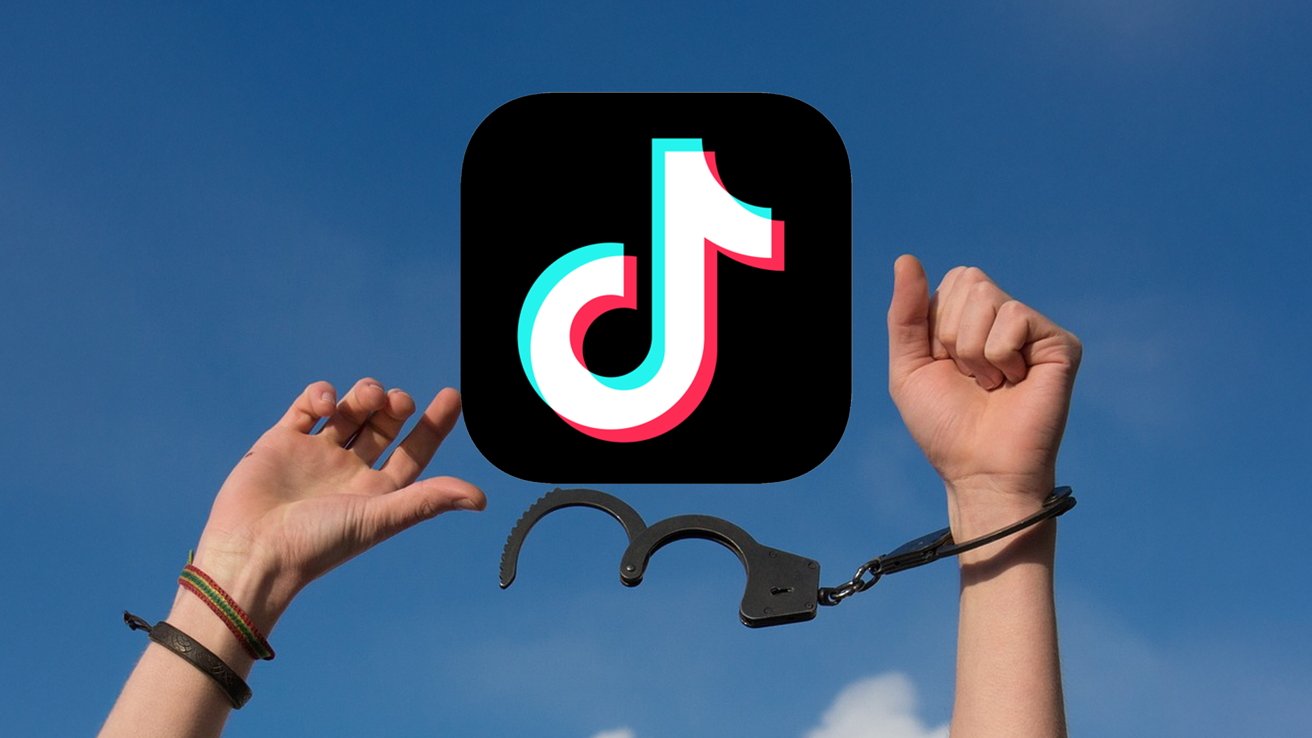












































































_Christophe_Coat_Alamy.jpg?#)










































































![[The AI Show Episode 142]: ChatGPT’s New Image Generator, Studio Ghibli Craze and Backlash, Gemini 2.5, OpenAI Academy, 4o Updates, Vibe Marketing & xAI Acquires X](https://www.marketingaiinstitute.com/hubfs/ep%20142%20cover.png)

























































































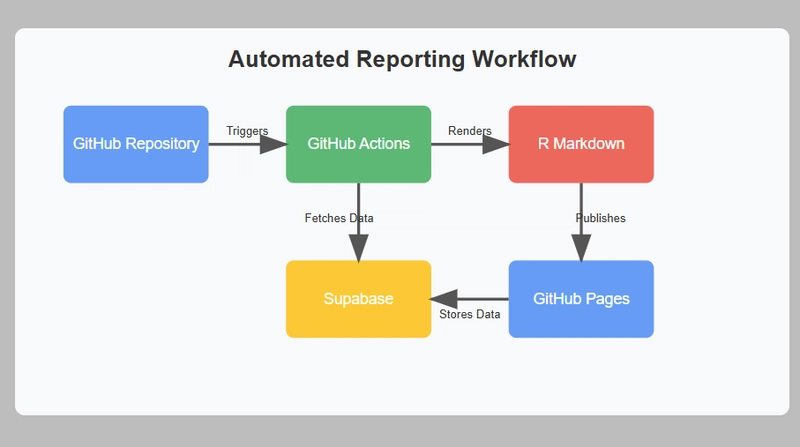
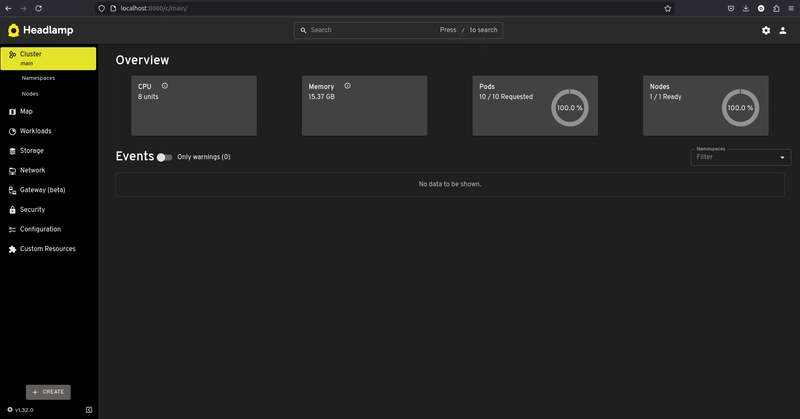






































![From drop-out to software architect with Jason Lengstorf [Podcast #167]](https://cdn.hashnode.com/res/hashnode/image/upload/v1743796461357/f3d19cd7-e6f5-4d7c-8bfc-eb974bc8da68.png?#)



![[FREE EBOOKS] The Kubernetes Bible, The Ultimate Linux Shell Scripting Guide & Four More Best Selling Titles](https://www.javacodegeeks.com/wp-content/uploads/2012/12/jcg-logo.jpg)


































.jpg?#)



.png?#)

















































